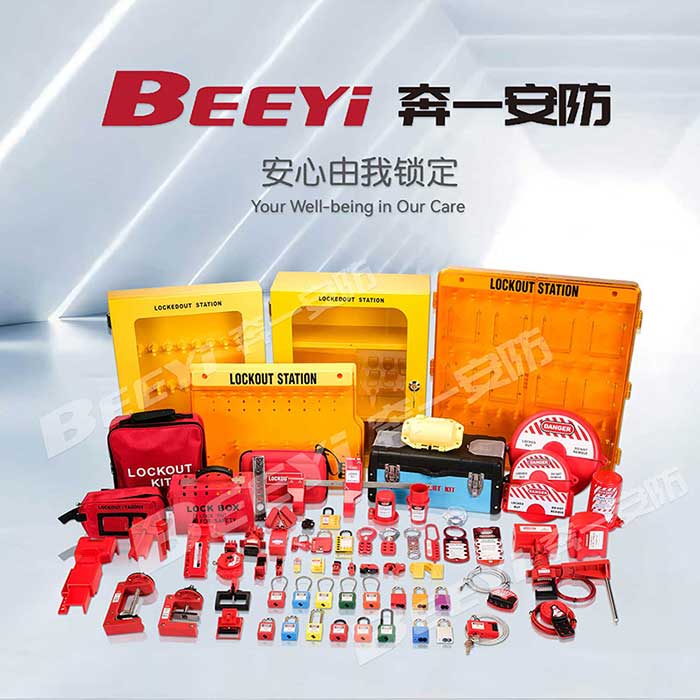
In the complex world of industrial operations, safety is always a top priority. One key safety device often overlooked but critical in preventing accidents is the Safety Valve Lock. Safety valves are designed to release pressure from systems like pressure vessels, boilers, and pipelines when the pressure exceeds preset limits, safeguarding equipment and personnel from catastrophic failures. However, without proper control mechanisms, these safety devices can be inadvertently triggered or tampered with, potentially leading to hazardous situations. This is where a Safety Valve Lock becomes essential. In this article, we will explore the importance of Safety Valve Locks, their functions, applications, and how they help maintain safety and compliance in various industries.
